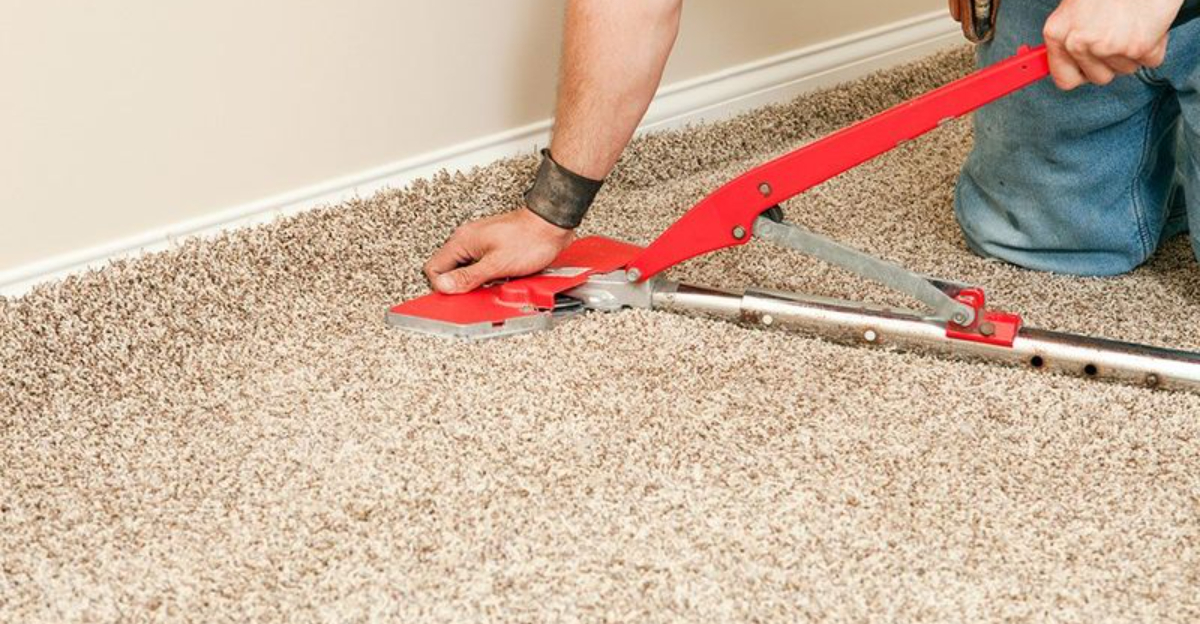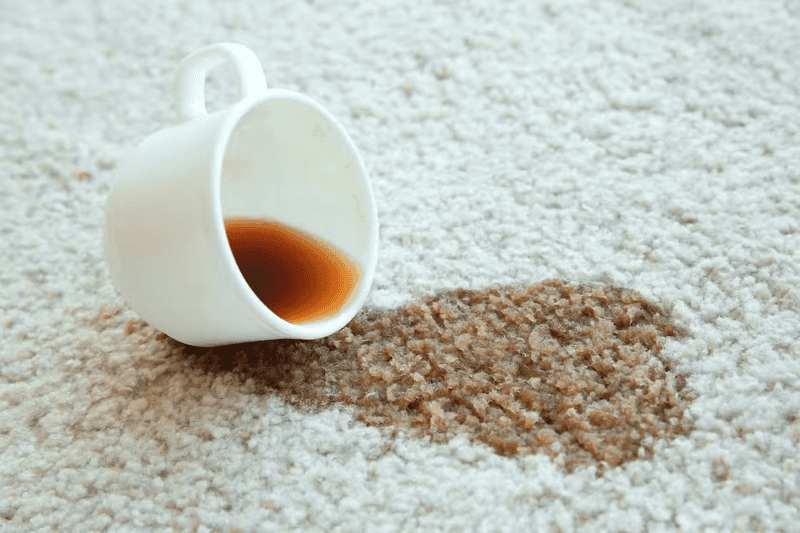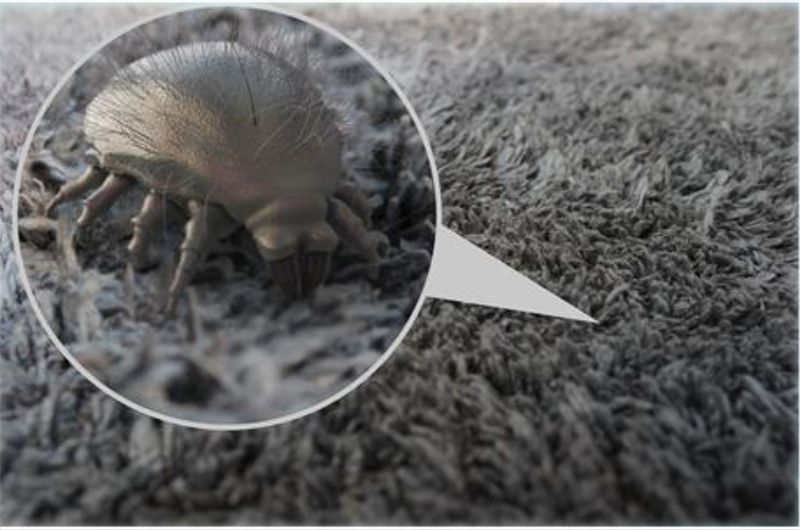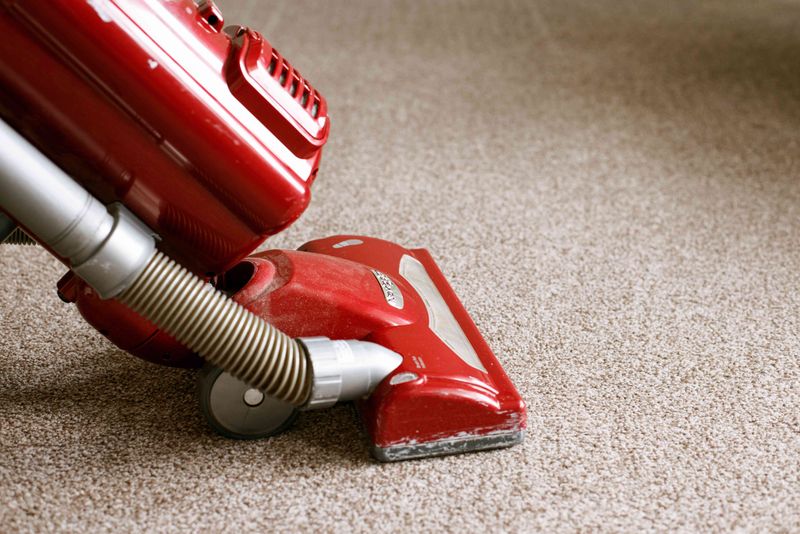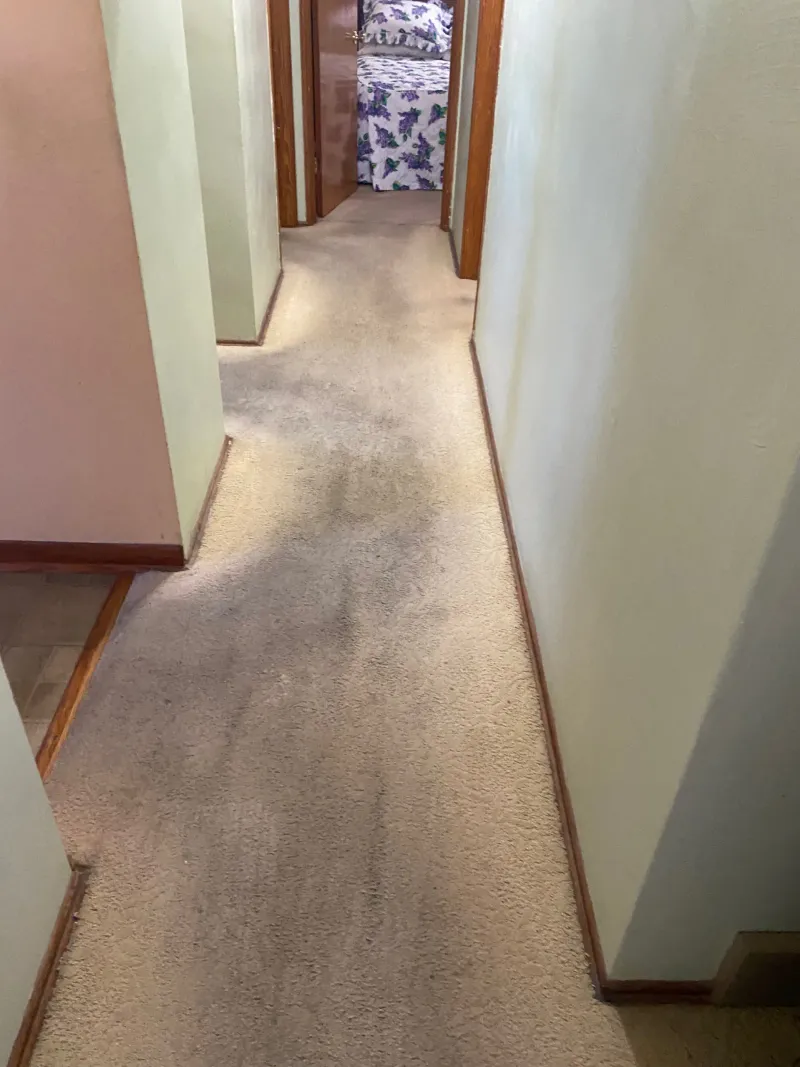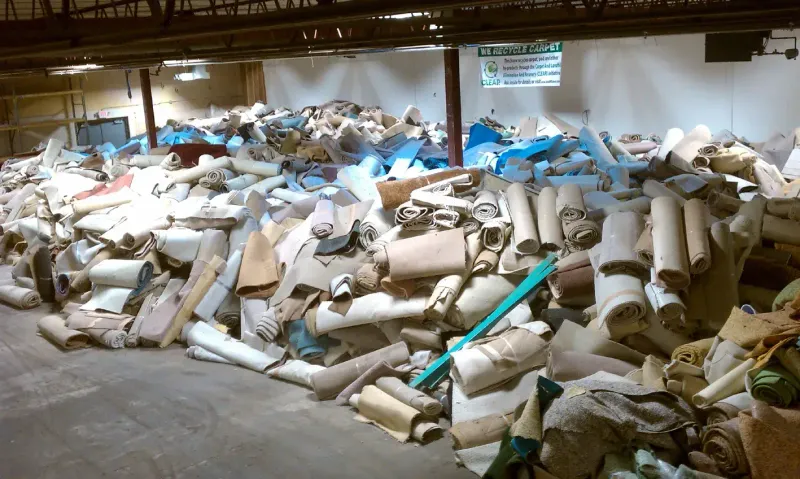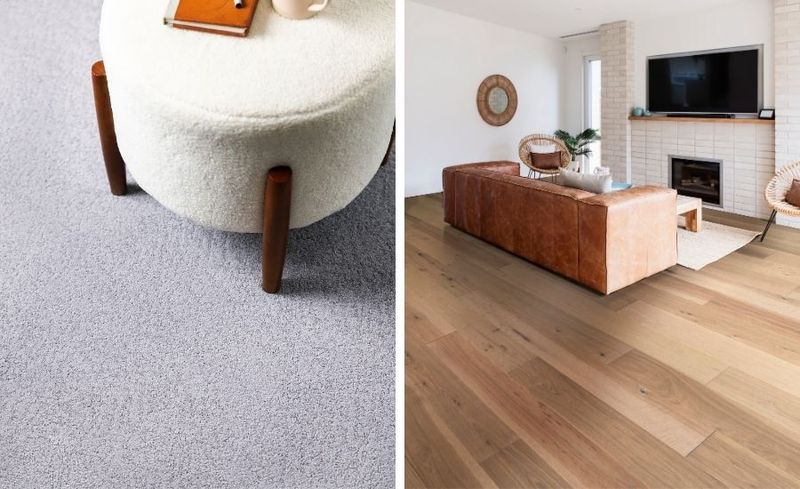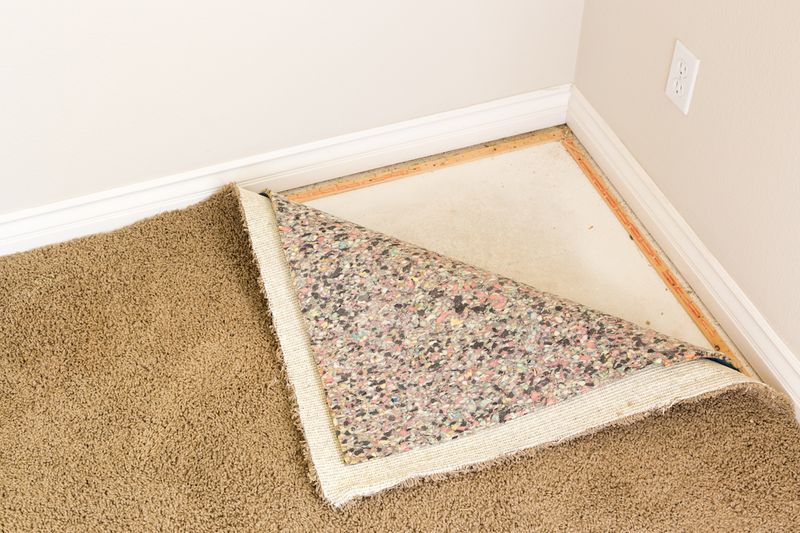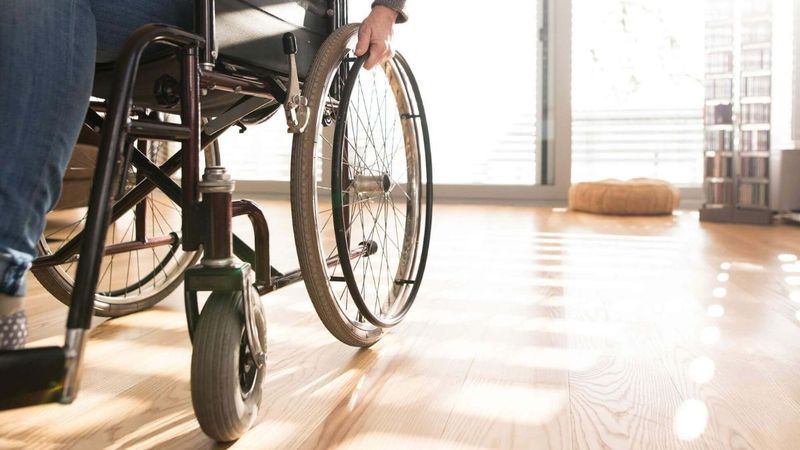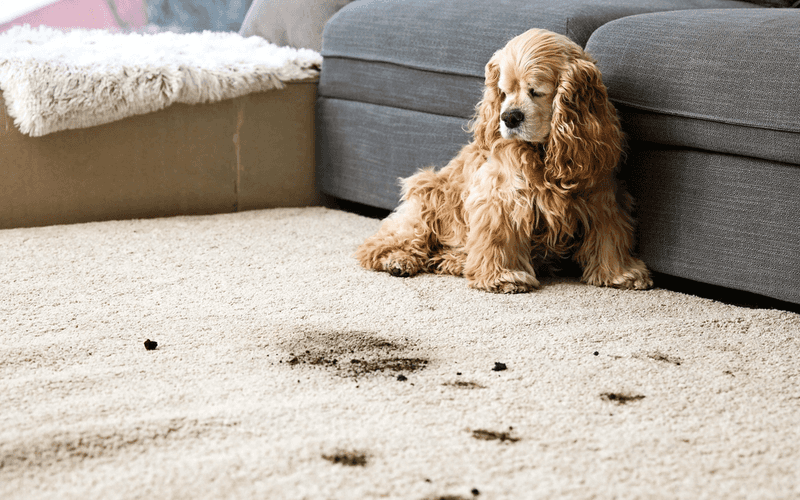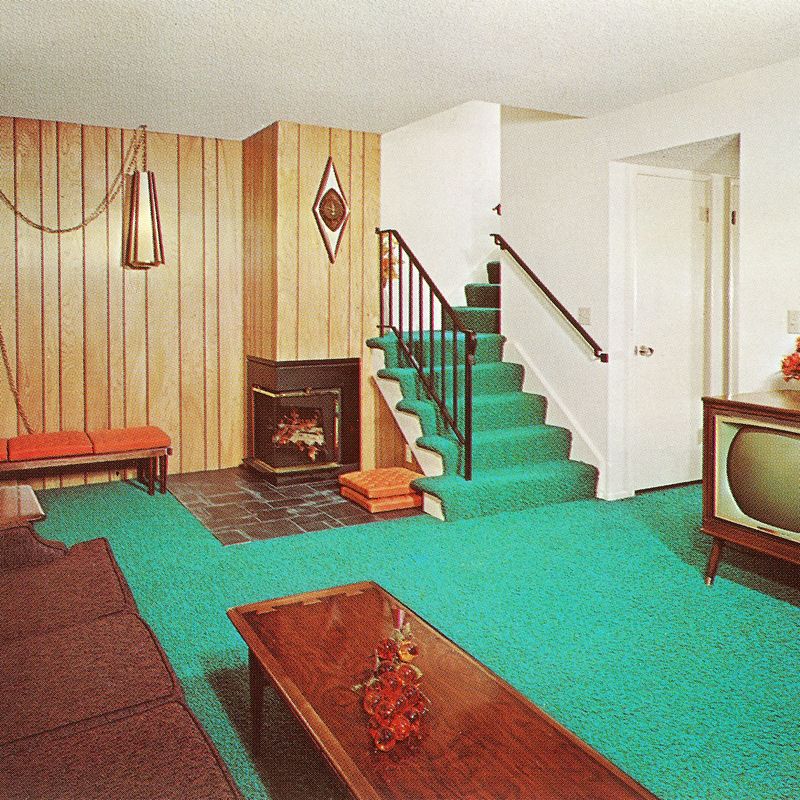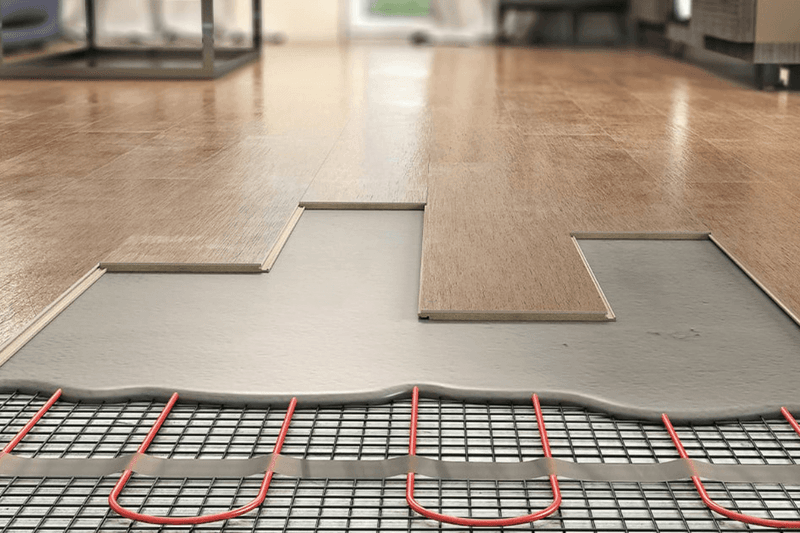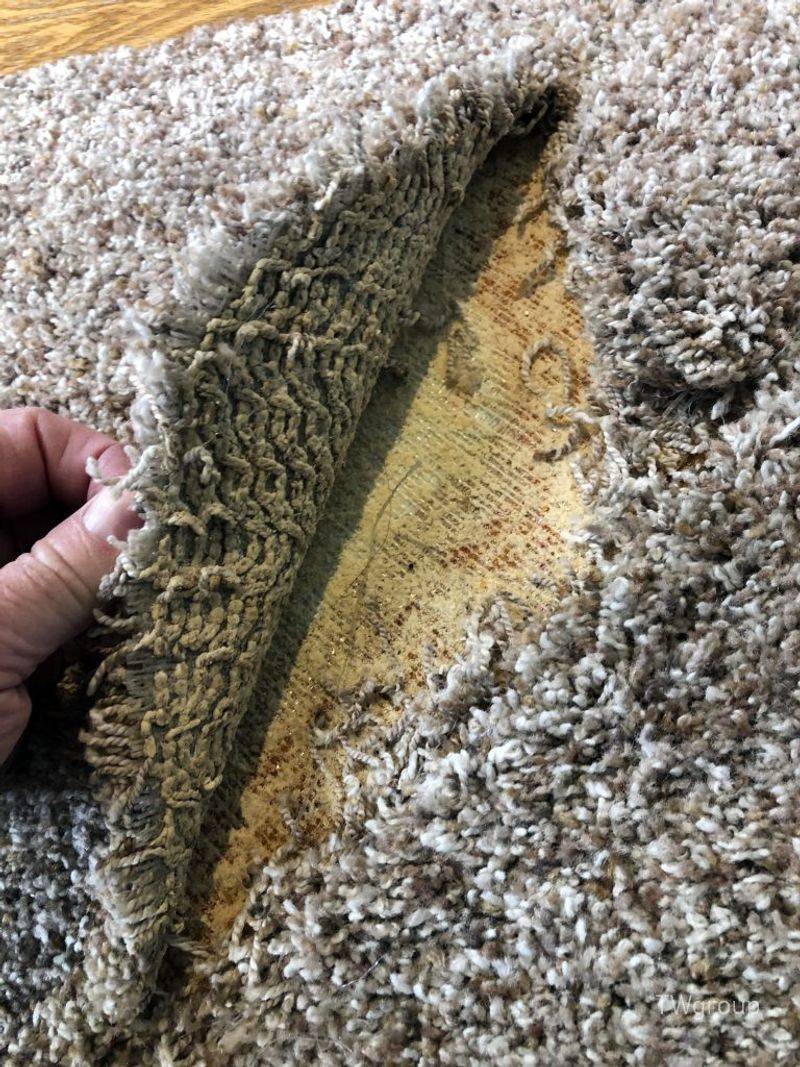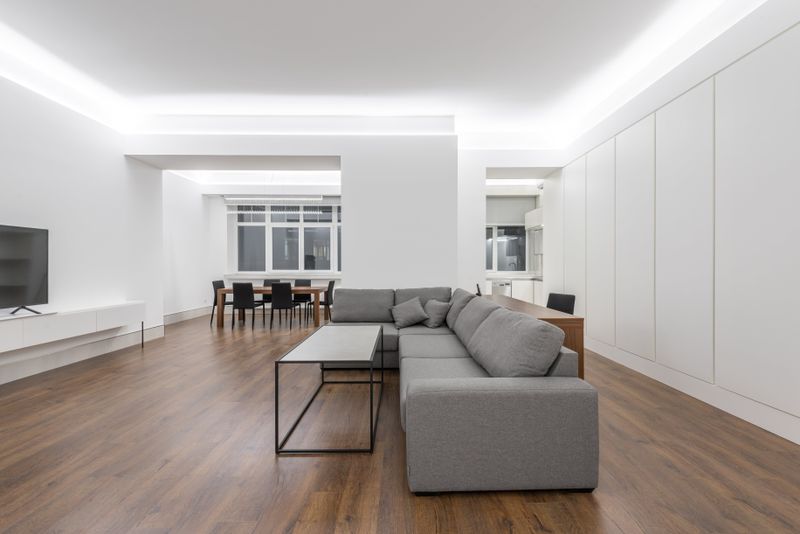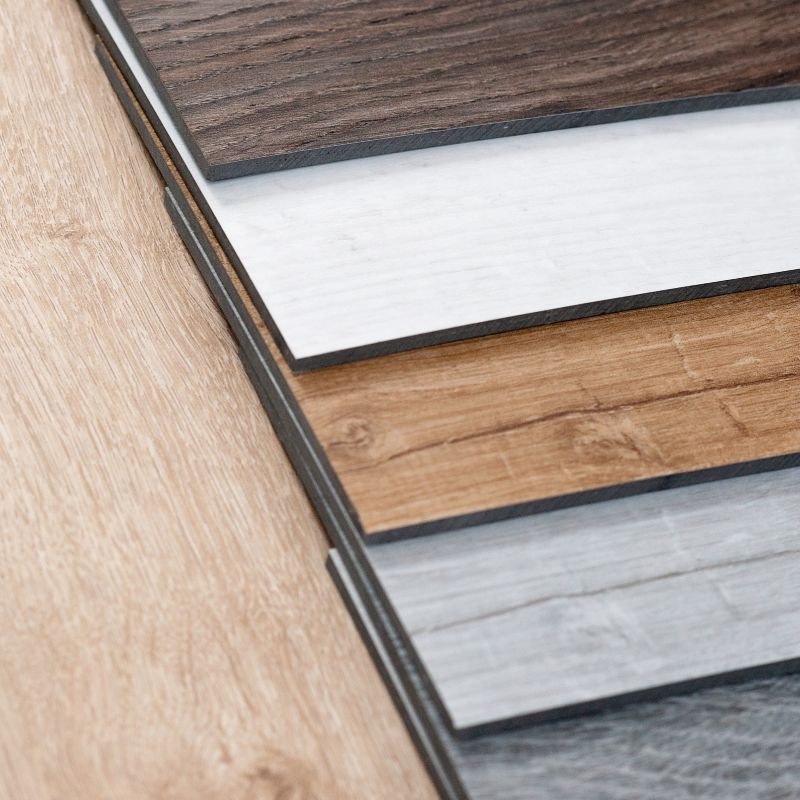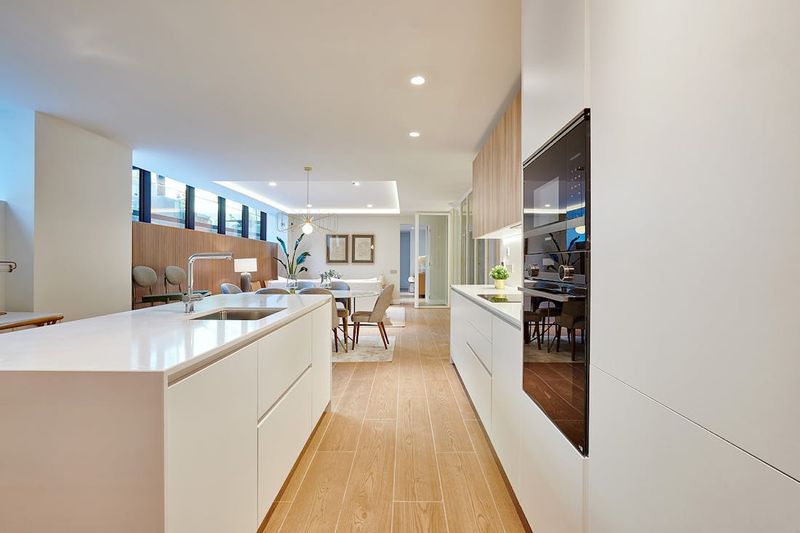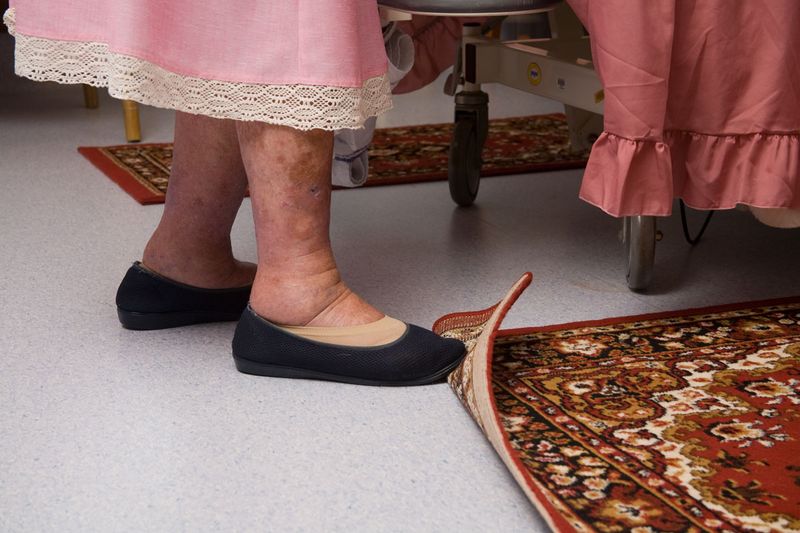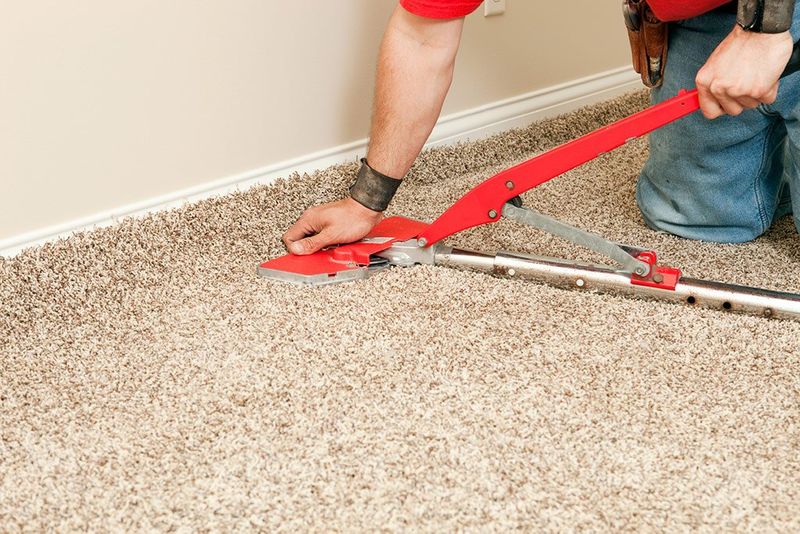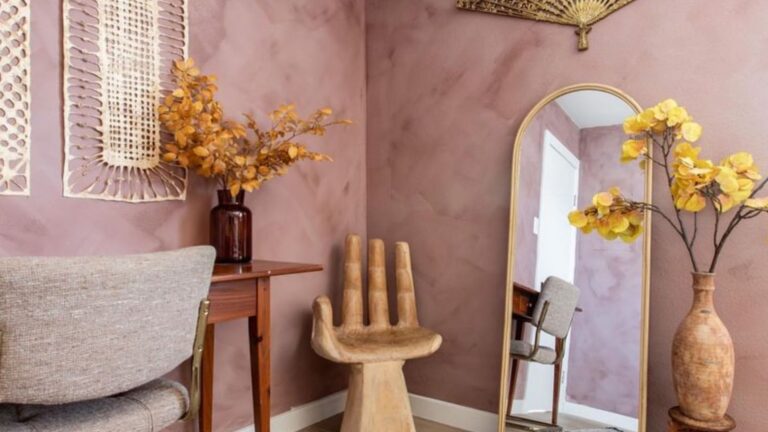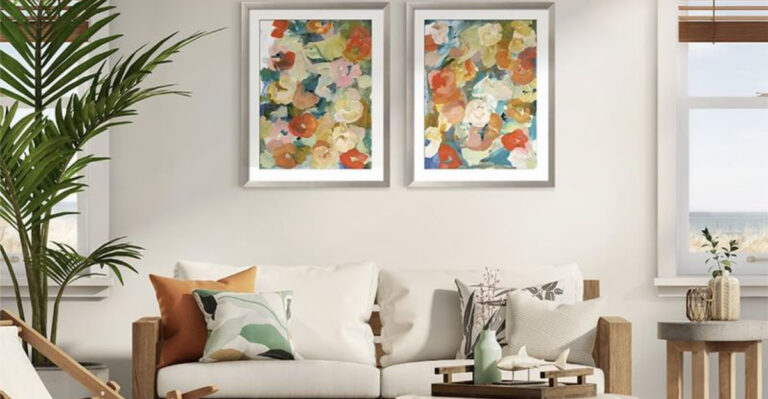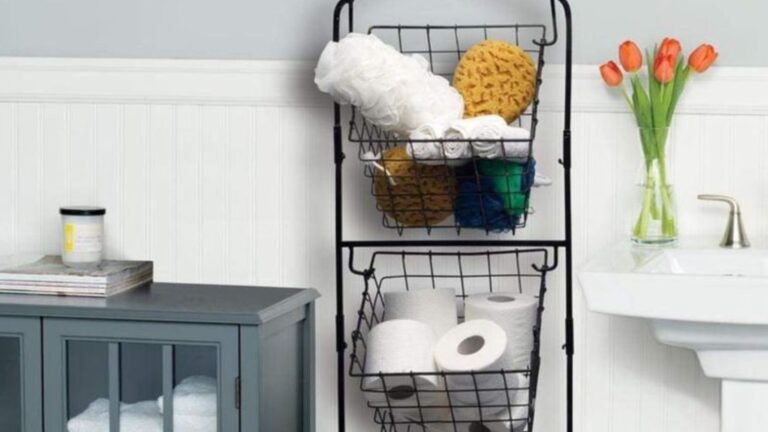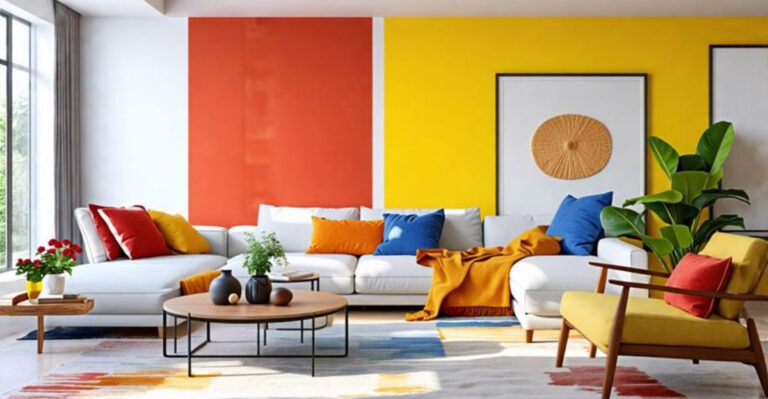18 Reasons Why Carpet Flooring Is Disappearing From Modern Home Designs
Remember when plush carpets covered every inch of our homes? Those days are fading fast as modern homeowners increasingly choose alternative flooring options.
Carpet, once the cozy standard in American households, now faces stiff competition from sleeker, more practical materials.
Let’s explore why this fuzzy floor covering is rolling up and away from contemporary homes.
1. Hard to Clean Spills
Spilled your coffee? With carpet, that minor accident might become a permanent reminder of your morning clumsiness. Unlike hard surfaces where liquids sit patiently waiting to be wiped away, carpets eagerly soak up every drop.
The absorbent fibers create a sanctuary for stains that often refuse to budge despite your best cleaning efforts. Many homeowners have simply grown tired of the constant battle against spills, choosing easier-to-maintain alternatives instead.
2. Allergen Magnet
Lurking within those soft fibers is a microscopic world that might make your nose twitch just thinking about it. Carpets trap dust, pollen, pet dander, and other allergens with remarkable efficiency, creating an indoor environment that can trigger allergic reactions year-round.
Even regular vacuuming can’t remove all these irritants from deep within the pile. Health-conscious homeowners, especially those with respiratory issues or allergies, are increasingly choosing flooring options that don’t harbor these invisible troublemakers.
3. Maintenance Nightmare
Weekends spent wrestling with heavy vacuum cleaners and renting steam cleaners have lost their appeal for busy modern households. The ongoing maintenance required to keep carpets looking and smelling fresh demands significant time and effort.
Between regular vacuuming, spot cleaning, and professional deep cleaning every 12-18 months, carpet care becomes a never-ending chore. Many homeowners now prefer flooring options they can quickly sweep or mop without the need for specialized equipment or treatments.
4. Shorter Lifespan
Your investment in beautiful hardwood floors might serve your grandchildren someday, but that carpet? It’s practically begging for replacement after 5-10 years of normal wear and tear.
High-traffic areas quickly develop worn paths that no amount of fluffing can disguise. The relatively brief lifespan of carpet makes it a less economical choice in the long run, despite its often lower initial installation cost. Savvy homeowners increasingly opt for more durable flooring that ages gracefully.
5. Environmental Concerns
Mother Earth isn’t exactly thrilled about our carpet habits. Most carpeting is manufactured using petroleum products and treated with chemicals that can off-gas into your home for years.
When it’s time for replacement, that old carpet typically heads straight to landfills where it can take centuries to decompose. Environmentally conscious consumers are increasingly seeking out sustainable flooring alternatives made from renewable or recyclable materials that leave a lighter footprint on our planet.
6. Outdated Aesthetic
Fashion-forward interior designers have largely moved on from wall-to-wall carpet, relegating it to the same category as wood paneling and popcorn ceilings. The clean, minimalist aesthetic that dominates contemporary design favors the sleek lines of hard surfaces.
Social media platforms and home renovation shows consistently showcase homes with hardwood, tile, or luxury vinyl flooring. As these modern looks become the aspiration, carpet increasingly feels like a relic from decades past rather than a design choice for the present.
7. Humidity and Mold Issues
Beneath that soft surface lurks a potential health hazard few homeowners consider until it’s too late. In humid environments or after water exposure, carpet backing and padding create perfect conditions for mold and mildew growth.
Once established, these fungi are difficult to eliminate completely and can contribute to poor indoor air quality. Households in coastal or high-humidity regions have learned this lesson the hard way, increasingly choosing moisture-resistant flooring options that don’t support microbial growth.
8. Difficult for Mobility Devices
Gliding across hardwood is a breeze for wheelchairs and walkers, but carpet? That’s like trying to push through sandy beach terrain. The resistance created by carpet fibers makes independent movement significantly more challenging for those using mobility devices.
As universal design principles gain traction and multigenerational households become more common, accessibility considerations are playing a larger role in flooring choices. Forward-thinking homeowners are selecting surfaces that accommodate everyone’s needs, regardless of mobility status.
9. Pet Owner Frustrations
Fluffy and Fido might love lounging on carpet, but their human companions are increasingly saying “no thanks” to the pet-related carpet challenges. From impossible-to-remove pet accidents to embedded fur that seems to defy even the most powerful vacuum cleaners, carpet can quickly become a pet owner’s nemesis.
Sharp claws can also snag and pull loops in certain carpet styles, creating permanent damage. The growing number of pet households has directly contributed to carpet’s declining popularity in favor of more pet-friendly alternatives.
10. Limited Design Flexibility
Once you’ve committed to a particular carpet color and style, you’re essentially locked into a design direction for years. That bold burgundy that seemed perfect initially might clash terribly with your new furniture or evolving taste.
Hard flooring surfaces offer significantly more design flexibility, allowing homeowners to easily change décor themes by simply swapping area rugs. The ability to refresh a space’s look without major renovation has made versatile flooring options increasingly attractive to design-conscious homeowners.
11. Rising Popularity of Underfloor Heating
Imagine stepping onto a perfectly warm floor on a chilly winter morning – that’s the luxury driving many homeowners to install radiant floor heating systems. However, carpet acts as an insulator, significantly reducing the efficiency of these systems and preventing that warmth from reaching your feet.
Materials like tile and engineered wood conduct heat beautifully, maximizing both comfort and energy efficiency. As climate control technology advances, flooring choices are increasingly influenced by compatibility with these modern heating solutions.
12. Odor Retention Problems
What’s that lingering smell? If you have carpet, it might be years of accumulated odors trapped deep within the fibers. Unlike hard surfaces that can be thoroughly cleaned, carpet holds onto cooking smells, pet odors, and other household aromas with remarkable tenacity.
Even professional cleaning can’t always eliminate deeply embedded scents completely. Modern homeowners increasingly value fresh-smelling environments and are choosing flooring materials that don’t serve as permanent odor repositories.
13. Home Value Considerations
Real estate agents have been spreading the word for years: carpet doesn’t help sell homes. Prospective buyers often view carpet as something they’ll need to replace immediately, mentally deducting thousands from their offer price.
Hardwood floors, by contrast, frequently appear on must-have lists for home shoppers and can actually increase property values. Forward-thinking homeowners increasingly make flooring choices with future resale value in mind, opting for materials that appeal to the broadest segment of potential buyers.
14. Technological Improvements in Alternatives
Have you seen luxury vinyl plank lately? It’s not your grandmother’s linoleum! Revolutionary advancements in alternative flooring technologies have created options that beautifully mimic natural materials while offering superior performance at competitive prices.
Today’s vinyl, laminate, and engineered products deliver the aesthetic appeal of hardwood or stone with enhanced durability and water resistance. As these alternatives continue to improve in quality and decrease in cost, carpet’s traditional advantages have been significantly eroded.
15. Open Floor Plan Compatibility
Flowing, open-concept spaces define contemporary architecture, but transitioning between different carpet areas can create visual choppiness that disrupts this aesthetic. Hard surface flooring creates a seamless visual continuity throughout open living spaces.
Using the same flooring material across kitchen, dining, and living areas enhances the spacious feeling these designs aim to achieve. As walls between rooms continue to come down in modern homes, flooring choices that support rather than segment open layouts have gained significant favor.
16. Safety Concerns
Tripping hazards aren’t limited to throw rugs – carpet edges, transitions, and worn areas can all pose unexpected dangers, especially for older adults. Carpet can also make falls more likely by creating unstable footing, particularly on stairs.
While carpet was once thought to provide a softer landing surface, modern safety-focused homes often feature hard flooring with strategic area rugs that can be secured properly. The ability to clearly see potential hazards on hard surfaces contributes to their growing preference in safety-conscious households.
17. DIY Installation Challenges
Weekend warriors tackling home improvements have discovered that carpet installation remains stubbornly difficult for amateur installers. Special tools, precise measurements, and techniques for proper stretching make carpet one of the least DIY-friendly flooring options.
By contrast, many modern flooring alternatives feature click-lock systems specifically designed for easy homeowner installation. As the DIY home improvement movement continues to grow, flooring choices that empower homeowners to complete installations themselves have gained significant market share.
18. Light Reflection and Space Perception
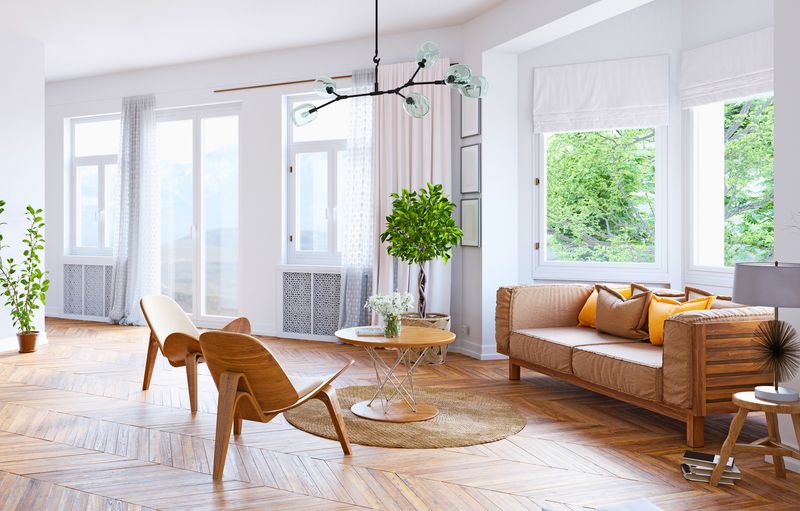
Wondering why your carpeted room feels smaller and darker than it should? The light-absorbing nature of carpet fibers can make spaces feel more confined and dimly lit compared to reflective hard surfaces.
Hardwood, tile, and other smooth flooring materials bounce light around the room, creating an airier, more open feeling even in smaller spaces. This optical advantage has become increasingly important as homeowners seek to maximize the perceived spaciousness of their living areas.

